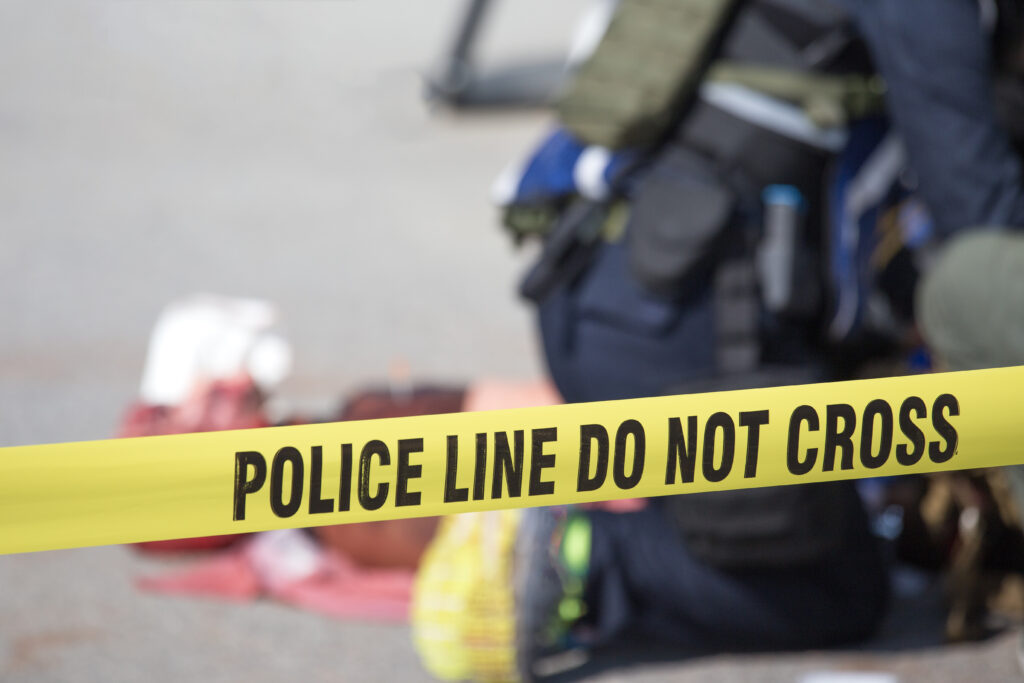Active Shooter/
Attacker Training
Surviving An Active Shooter/Attacker Event
The number of violent and often deadly attacks have increased at an alarming rate over the last few years. Workplaces are the most often hit targets but also high on the list are schools, government offices, shopping centers and places of worship. Every organization needs to plan to save as many lives as possible during an active shooter/attacker event.
Our Active Shooter/Attacker program starts with evaluating the physical assets on the property that can be used to mitigate loss of life. This planning stage should include people in a management position and include input from local law enforcement. The next step is training everyone who is regularly in attendance at the property and the immediate life-saving actions they should take in the event of an attack. Included in this step is strategically placing signage and regularly reviewing procedures with everybody.
Active Shooter/Attacker drills should be held every six months and be treated as seriously as a fire drill. Finally, develop an action plan to be used during and after the attack. This plan will include caring for the injured, assisting law enforcement, dealing with families, emotional trauma and business continuation concerns.

Why Our Training is Different
Preparing for a violent attack requires serious advanced planning and regular review and drills. Simply teaching people to Run-Hide-Fight and placing posters around the property is not enough to prevent injury and minimize the loss of life.
- Understanding the risk. Where are these events most likely to occur?
- Who are most likely to be the attackers? Is there a profile?
- Set up a committee to study the risk and make plans to thwart the attacker. Choose the right people for the committee including local law enforcement.
- Perform a detailed risk assessment and identify specific locations that can delay an attacker and protect people.
- Train occupants on how and when to react, including regular drills and table top exercises.
- What must be done during an attack?
- How to care for the injured?
- How to escape the building and what to do next?
- How will community responders perform their duties during an attack?
- What will fire and paramedics do?
- How to deal with the aftermath of a deadly attack?

